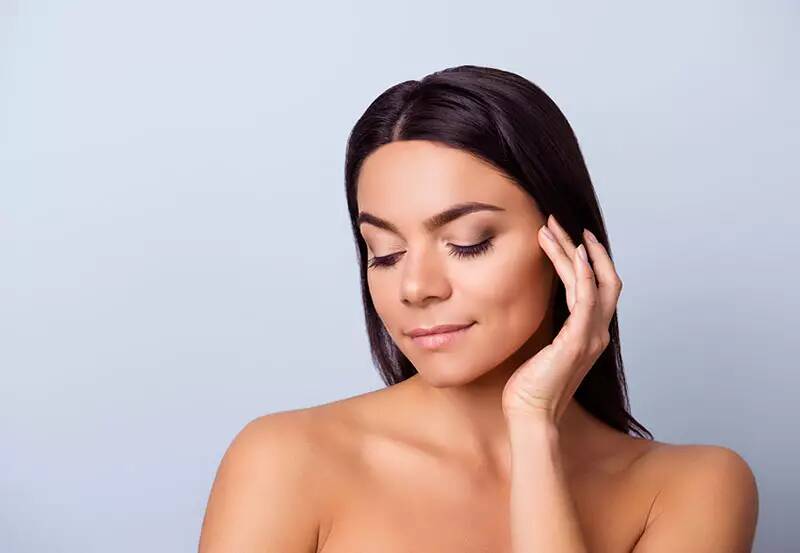Botox very well may be the most recognizable cosmetic dermatology procedure. It’s practically a household name, which makes sense since over seven million botulinum toxin type A injections (which includes Botox, Dysport, and Xeomin) were performed in 2017, according to the American Society of Plastic Surgeons. While there have been countless advancements in cosmetic procedures, Botox treatments remain in the top five minimally-invasive procedures performed in the U.S.
What is Botox?
Botox Cosmetic is the brand name for its formulation (onabotulinumtoxinA) of botulinum toxin. The botulinum toxin, created by Clostridium botulinum, is a paralyzing chemical that blocks nerve signals, or the neurotransmitter acetylcholine. It is naturally found in soil, water, and in animals’ intestines as an anaerobic bacterium. But when administered to humans, most commonly used on the face in very small doses, it relaxes muscles to improve and minimize crow’s feet, severe frown lines, forehead creases, and other facial wrinkles.
What are other uses of Botox?
Botox has also been proven to treat excessive underarm sweating, clinically categorized as axillary hyperhidrosis. There have also been studies around the use of botulinum toxin injections to prevent wrinkles. Many dermatologists are utilizing Botox treatments in conjunction with good skin care techniques for patients in their 20s and 30s to minimize future effects of deep lines on the face.
What does a Botox treatment look like?
Botox treatments are normally short, simple, and relatively painless. First, the dermatologist or plastic surgeon administering the treatment will talk with you about the areas you want to improve. They will ask you to move your face in different ways to see where you will best benefit from the injections. During the appointment, your cosmetic injector will inject you with the appropriate amount of Botox, or other brand of botulinum toxin. The number of injections depends on how overactive the muscles are and the size of the treatment area.
After the procedure, you may experience temporary tenderness and redness around the injection sites. The injections usually take 10 to 15 minutes, and you can return to normal activities soon afterward. You will notice relaxing of the muscles around the injection sites for a few days, and the overall effects usually last about three to four months, on average. Ongoing treatments are generally required to achieve long-term results.
Is Botox safe?
The Food and Drug Administration (FDA) approved the use of Botox for cosmetic procedures in 2002 for frown lines and again in 2013 specifically for crow’s feet. It has been deemed a safe procedure due to its minimally invasive nature and is trusted by doctors worldwide.
While Botox is generally safe, women who are breastfeeding or are pregnant should not receive botulinum toxin injections.
Botox | Bend Oregon | Deschutes Dermatology
If you are considering Botox or any cosmetic injectable, it is best to look for a board-certified dermatologist to administer the procedure. They are skilled professionals in facial anatomy and will make Botox injections look as natural as possible. Dr. Carter and her team at Deschutes Dermatology are experts in administering Botox treatments. Schedule a consultation for Botox in Bend Oregon today. You’ll be on your way toward younger, smoother, and more natural-looking skin.
Sources:


Recent Comments